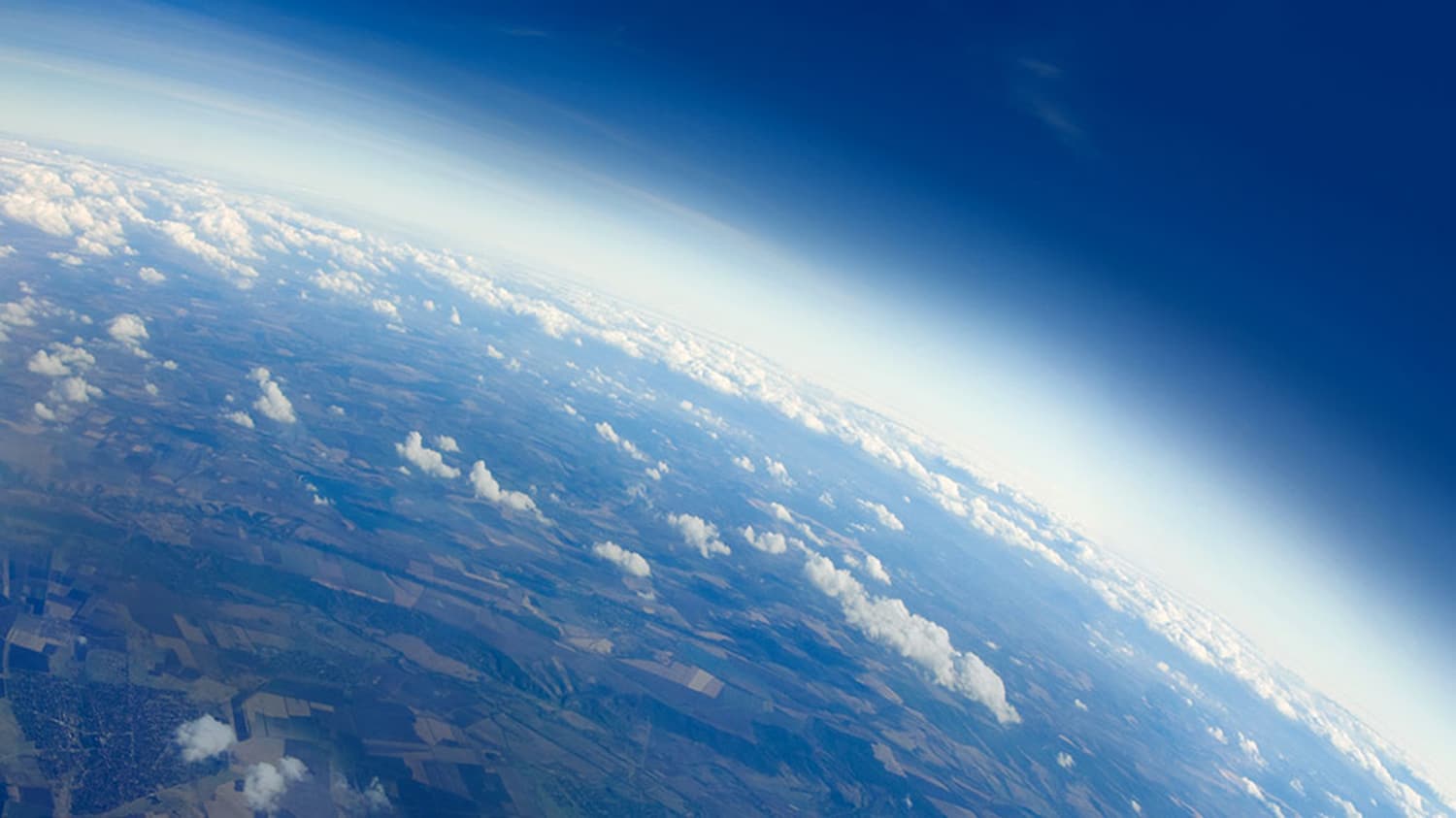
The effect of climate change is well known. Although, observing the trends over time is quite challenging. This requires several decades to get a handle on these trends. You need to set apart what’s happening due to greenhouse gas emissions, solar cycle changes, and other effects on the atmosphere of the Earth.
By putting the data together from three NASA satellites, scientists found that the part of the upper atmosphere is gradually contracting because of rising human-made greenhouse gas emissions. The data included observations from 30 years, which signifies the summer mesosphere over Earth’s poles is cooling four to five degrees Fahrenheit and contracting 500 to 650 feet per decade.
The mesosphere is much thinner than the part of the atmosphere we live in. In contrast, the atmosphere is thick- down near the Earth’s surface.
James Russell, a study co-author and atmospheric scientist at Hampton University in Virginia, said, “Carbon dioxide traps heat just like a quilt traps your body heat and keeps you warm. In the lower atmosphere, there are plenty of molecules in close proximity, and they easily trap and transfer Earth’s heat between each other, maintaining that quilt-like warmth.”
This implies that the Earth’s heat makes it to the higher, thinner mesosphere. As carbon dioxide emits heat- any heat captured by carbon dioxide sooner escapes to space than it finds another molecule to absorb it- resulting in increased greenhouses gases. It means more loss of heat in space- and the upper atmosphere cools.
Brenda Thurairajah, a Virginia Tech atmospheric scientist who contributed to the study, said, “This cooling and contracting didn’t come as a surprise. For years, models have been showing this effect. It would have been weirder if our analysis of the data didn’t show this.”
Past studies have observed the cooling, but none have used a data record of this length or shown the upper atmosphere contracting.
Using the data, scientists analyzed changes in temperature and pressure over 29 years- which covered the summer skies of the North and South Poles. After examining the stretch of sky 30 to 60 miles above the surface, scientists found that the mesosphere cooled as carbon dioxide increased at most altitudes.
That effect meant the height of any given atmospheric pressure fell as the air-cooled. In other words, the mesosphere was contracting.
The blue ice clouds in the mesosphere are also known as noctilucent or polar mesospheric clouds. These clouds are quite sensitive to temperature and water vapor; hence they act as a crucial signal that notifies change in the mesosphere.
Credits: NASA/HU/VT/CU-LASP/AIM/Joy Ng
Scott Bailey, an atmospheric scientist at Virginia Tech in Blacksburg, and lead of the study, said, “We understand the physics of these clouds. In recent decades, the clouds have drawn scientists’ attention because they’re behaving oddly. They’re getting brighter, drifting farther from the poles and appearing earlier than usual. And, there seem to be more of them than in years past.”
Journal Reference:
- Scott M.Bailey, Brentha Thurairajah et al. Trends in the polar summer mesosphere temperature and pressure altitude from satellite observations. DOI: 10.1016/j.jastp.2021.105650
Continue reading Upper atmosphere of Earth is cooling and contracting due to climate change on Tech Explorist.
0 comments:
Post a Comment